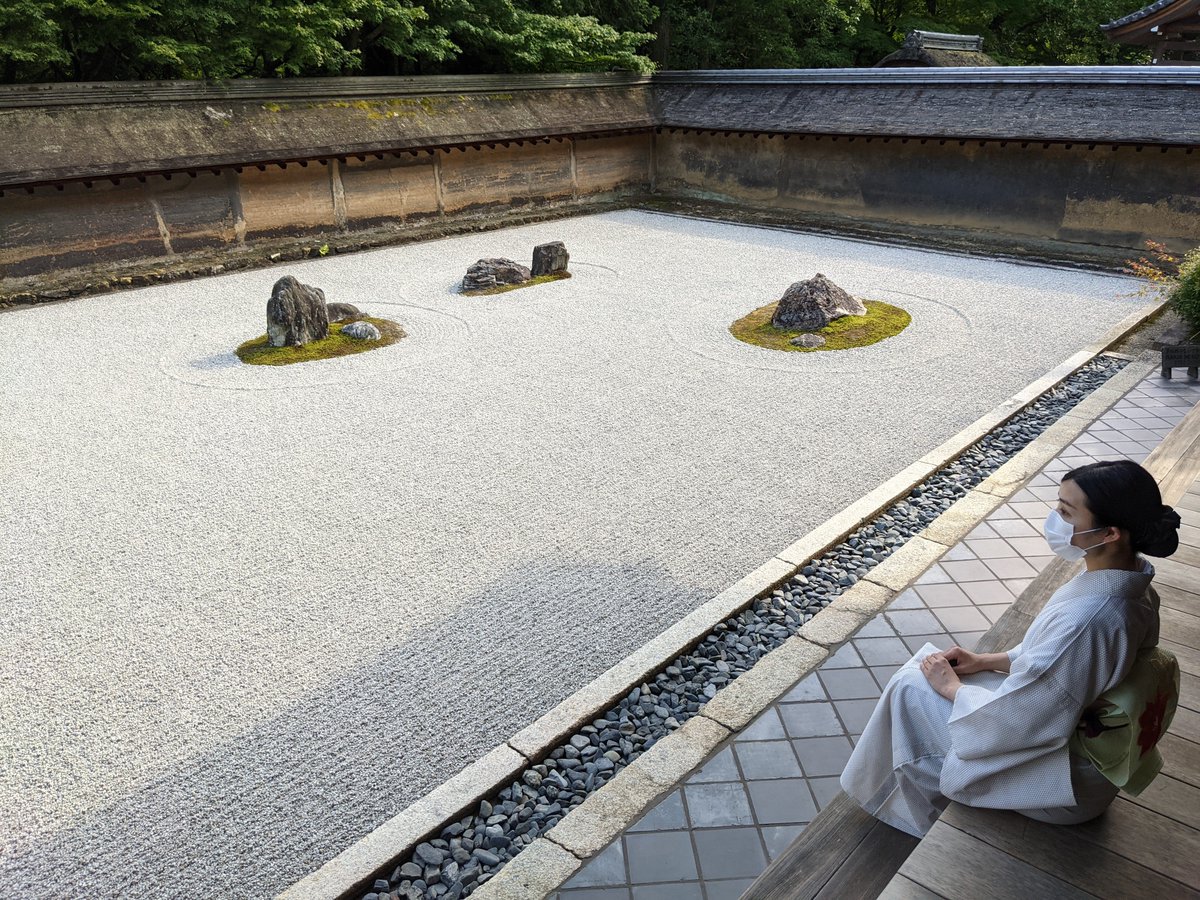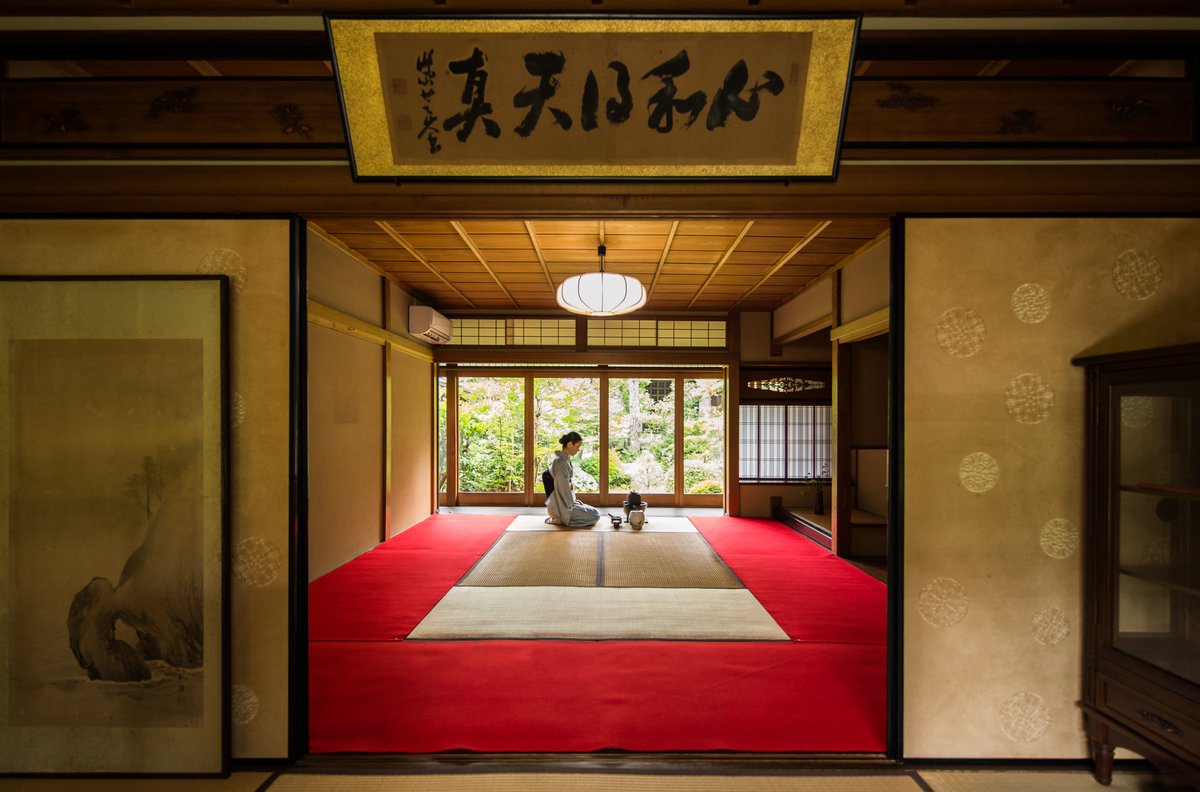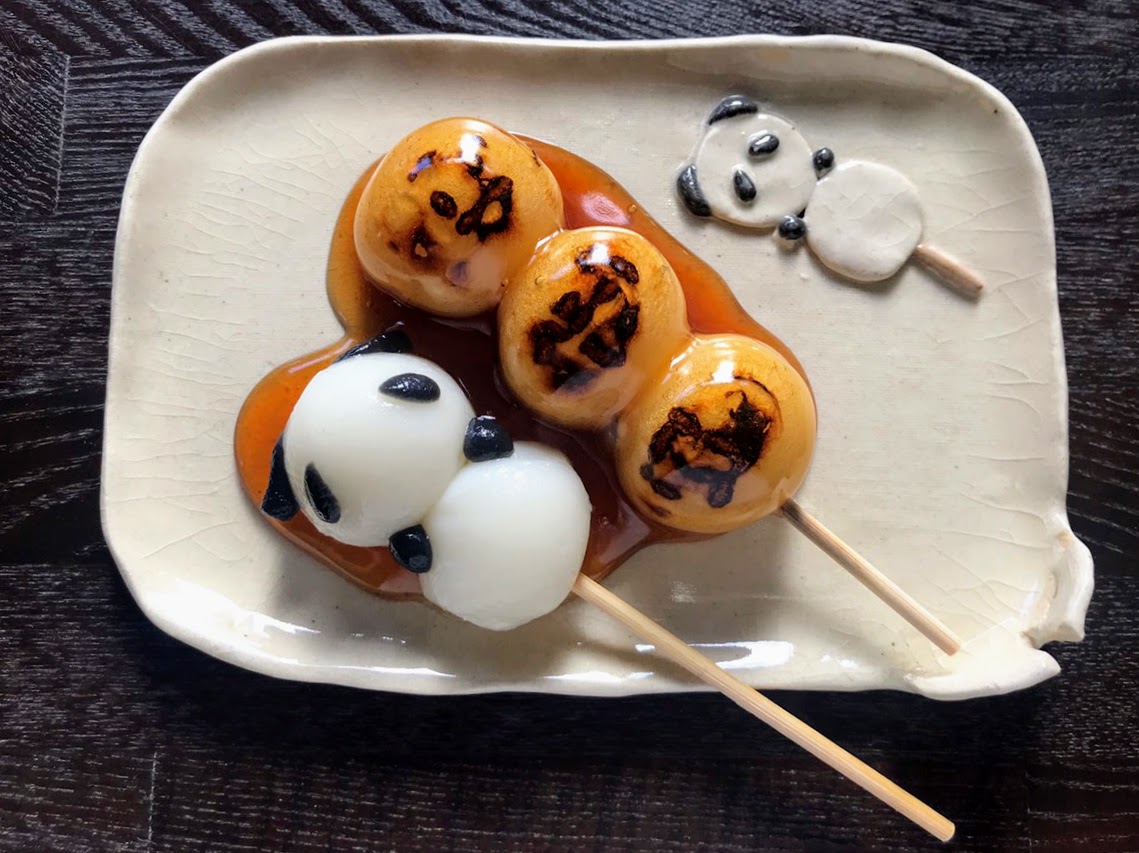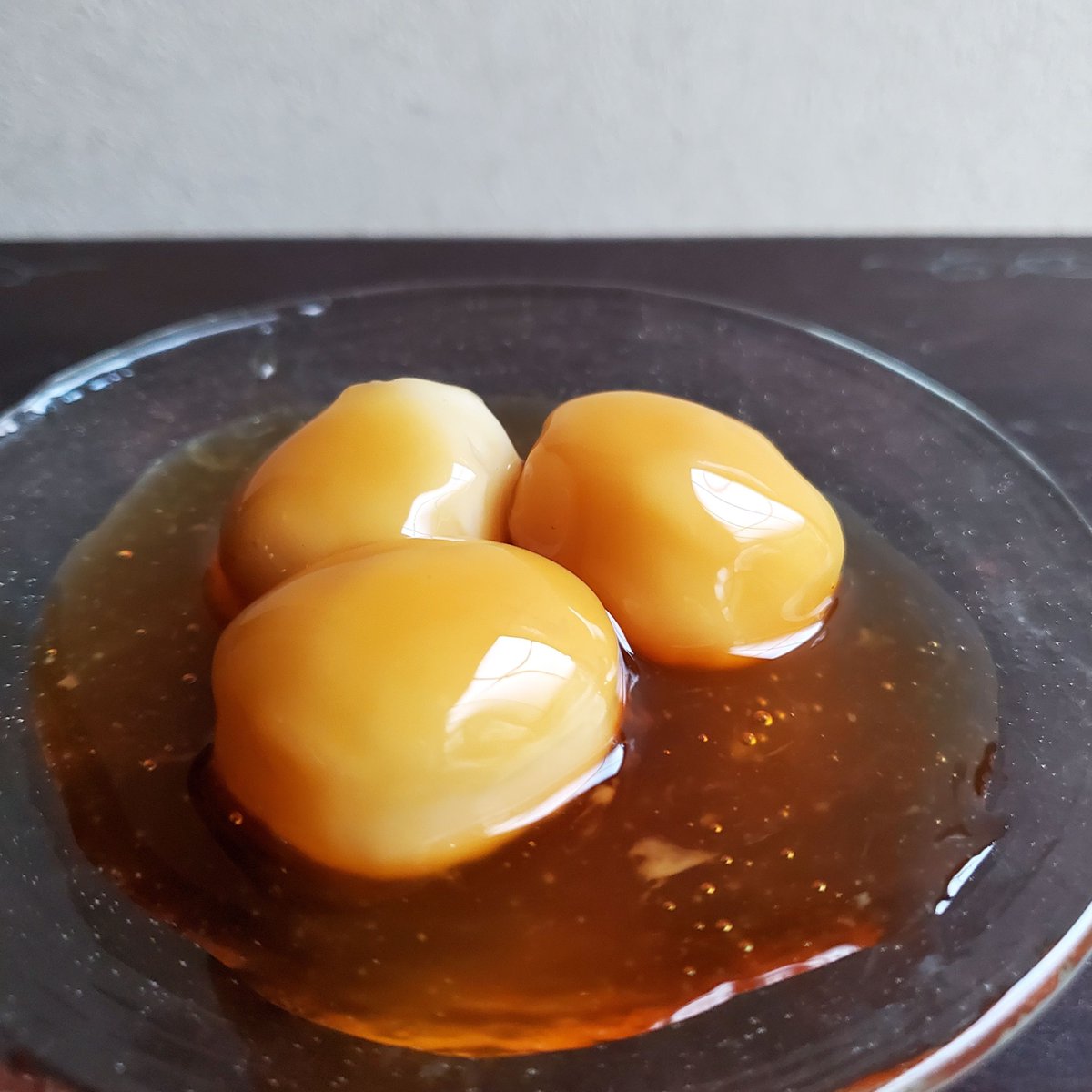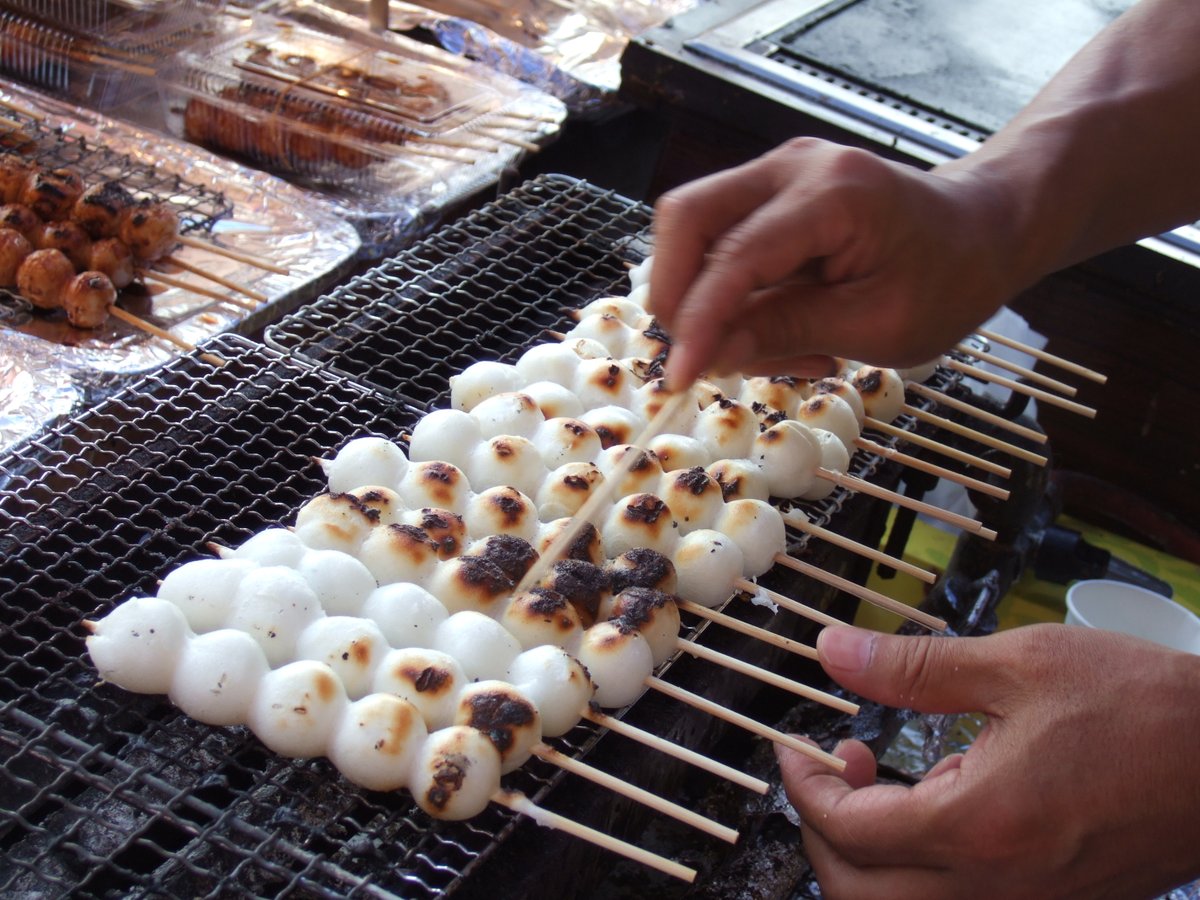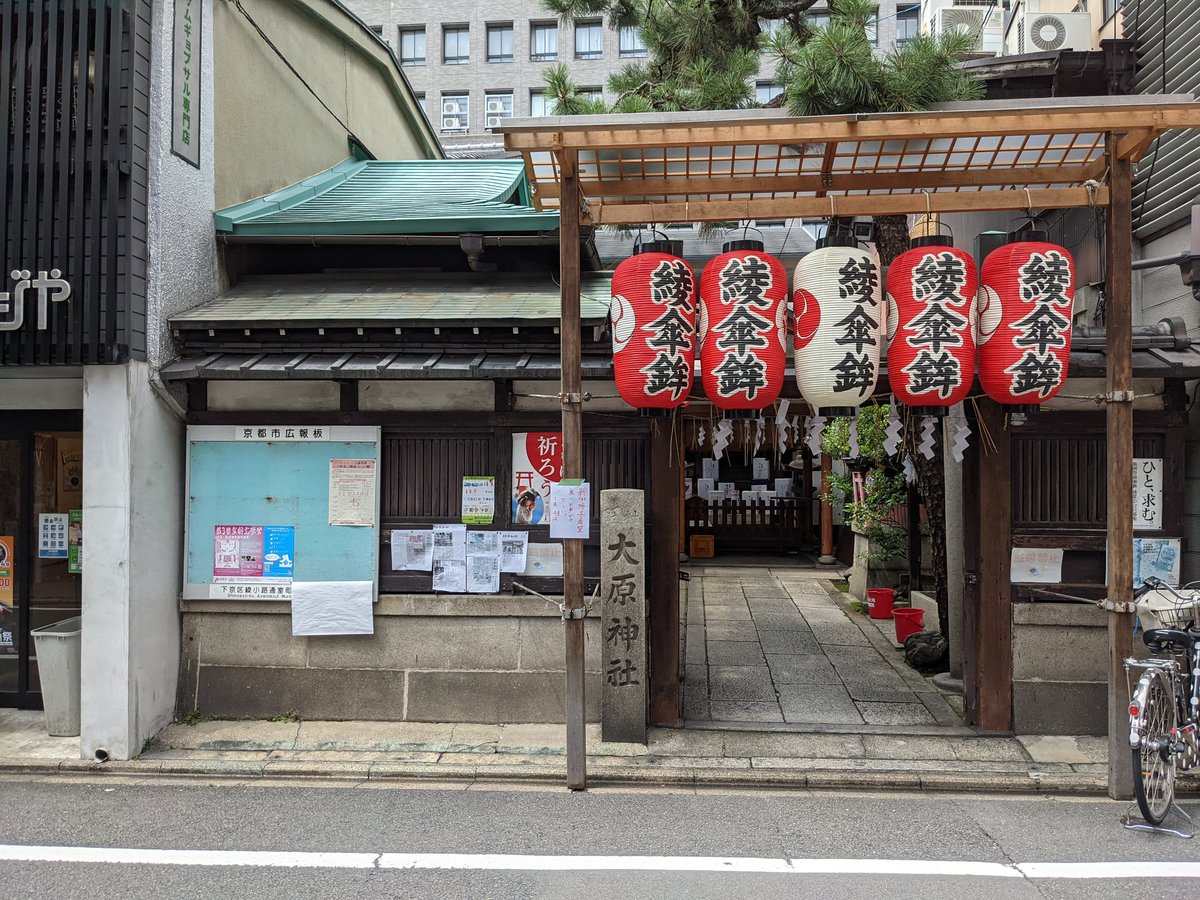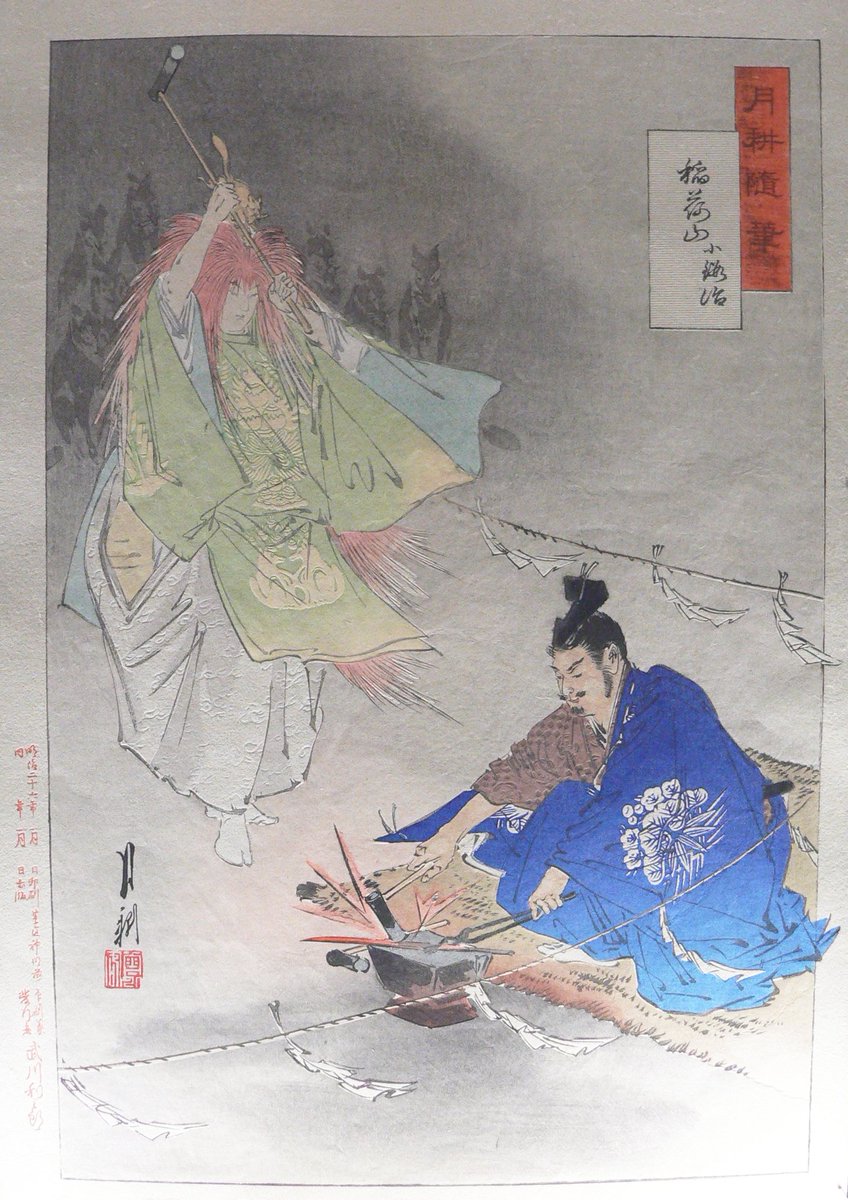
👣🗾SCATTERING EARTH🤏⛰️
For 25 years Kurita Kōichi (栗田宏一) has walked the length and breadth of Japan, gathering small samples of soil from each settlement (whether hamlet, village, town or city) he passes through.
At Hōnen-in (法然院) he made a dedication of his life's work.



For 25 years Kurita Kōichi (栗田宏一) has walked the length and breadth of Japan, gathering small samples of soil from each settlement (whether hamlet, village, town or city) he passes through.
At Hōnen-in (法然院) he made a dedication of his life's work.




Kurita's dedication was inspired by the temple's 'sange' (散華), a ritual offering of flowers made early each morning. 25 flowers (usually camellia) are dedicated to a statue of Amida. The flowers represent the 25 bodhisattva who help Amida take the souls of the dead to paradise.
Hōnen-in is no stranger to using earth and sand as a form of offering.
Upon entering the temple visitors pass through the 'Byakusadan' (白砂壇), 2 terraces of white sand (roughly 7m long, 3m wide and 10cm high).
Said to symbolize water, the sand purifies the body and soul.
#京都



Upon entering the temple visitors pass through the 'Byakusadan' (白砂壇), 2 terraces of white sand (roughly 7m long, 3m wide and 10cm high).
Said to symbolize water, the sand purifies the body and soul.
#京都




Every 4 or 5 days a priest rakes new patterns in the 'Byakusadan', reflecting the weather or season.
As part of his brief, 7 day residency, Kurita also scattered soil he had collected from across Japan upon the two sand terraces.
#Japan #Kyoto #京都 #Honenin #法然院 #白砂壇
As part of his brief, 7 day residency, Kurita also scattered soil he had collected from across Japan upon the two sand terraces.
#Japan #Kyoto #京都 #Honenin #法然院 #白砂壇
You can read all about the origins of Hōnen-in (法然院), an often overlooked temple on the Philosopher's Path (哲学の道), here🧵⬇️
#Japan #Kyoto #京都 #Honenin #法然院 #白砂壇 #PhilosophersPath #哲学の道



https://twitter.com/camelliakyoto/status/1515842239292866560?s=20&t=gg2DJKuQSs-YdZVAwNzMNw
#Japan #Kyoto #京都 #Honenin #法然院 #白砂壇 #PhilosophersPath #哲学の道


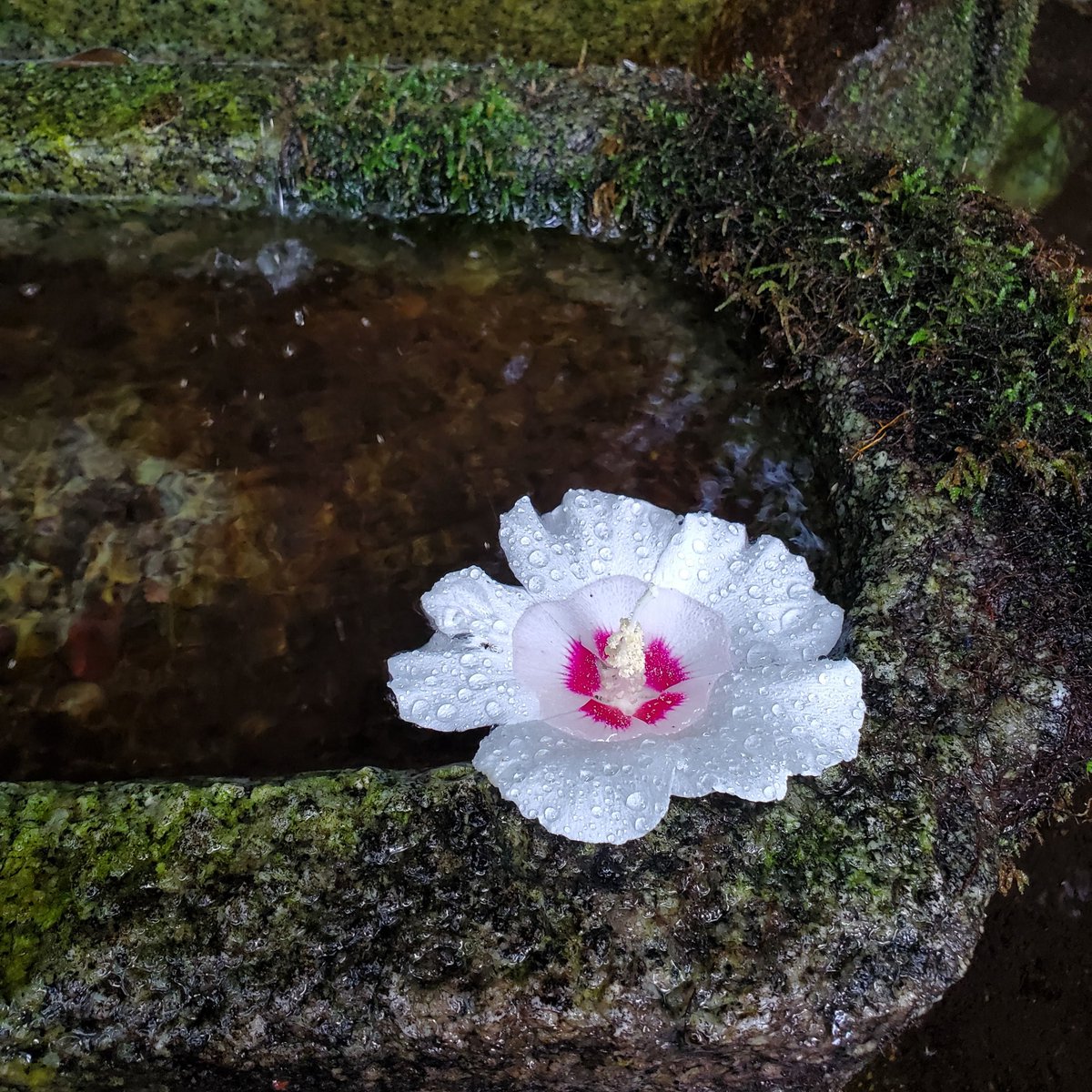

From the millions of soil samples collected over two and half decades, Kurita-san made a dedication of 729 portions (in the actual sange ritual only 25 flowers are used).
When finished, the soil was symbolically gathered up and scattered on the Byakusadan as a universal prayer.



When finished, the soil was symbolically gathered up and scattered on the Byakusadan as a universal prayer.
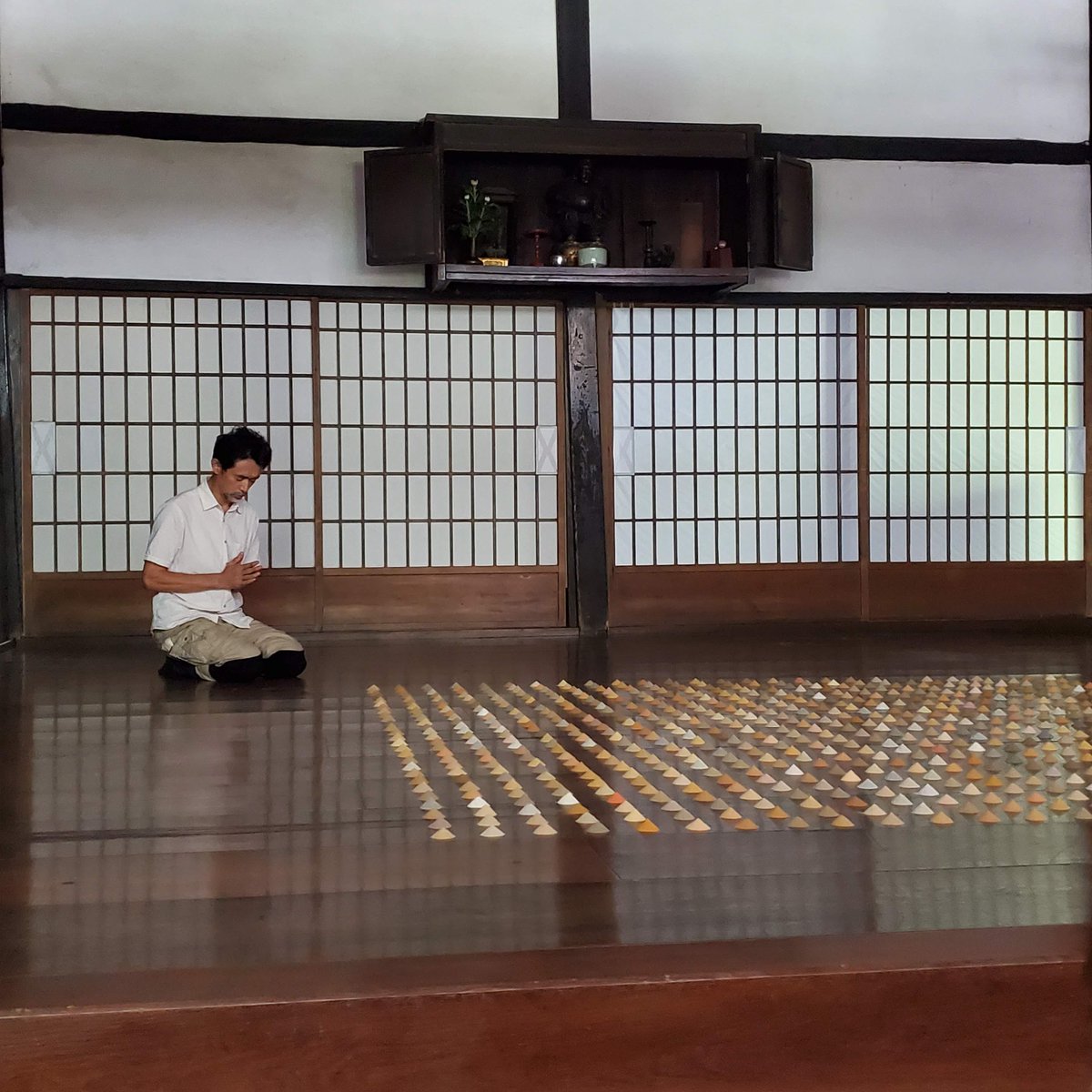
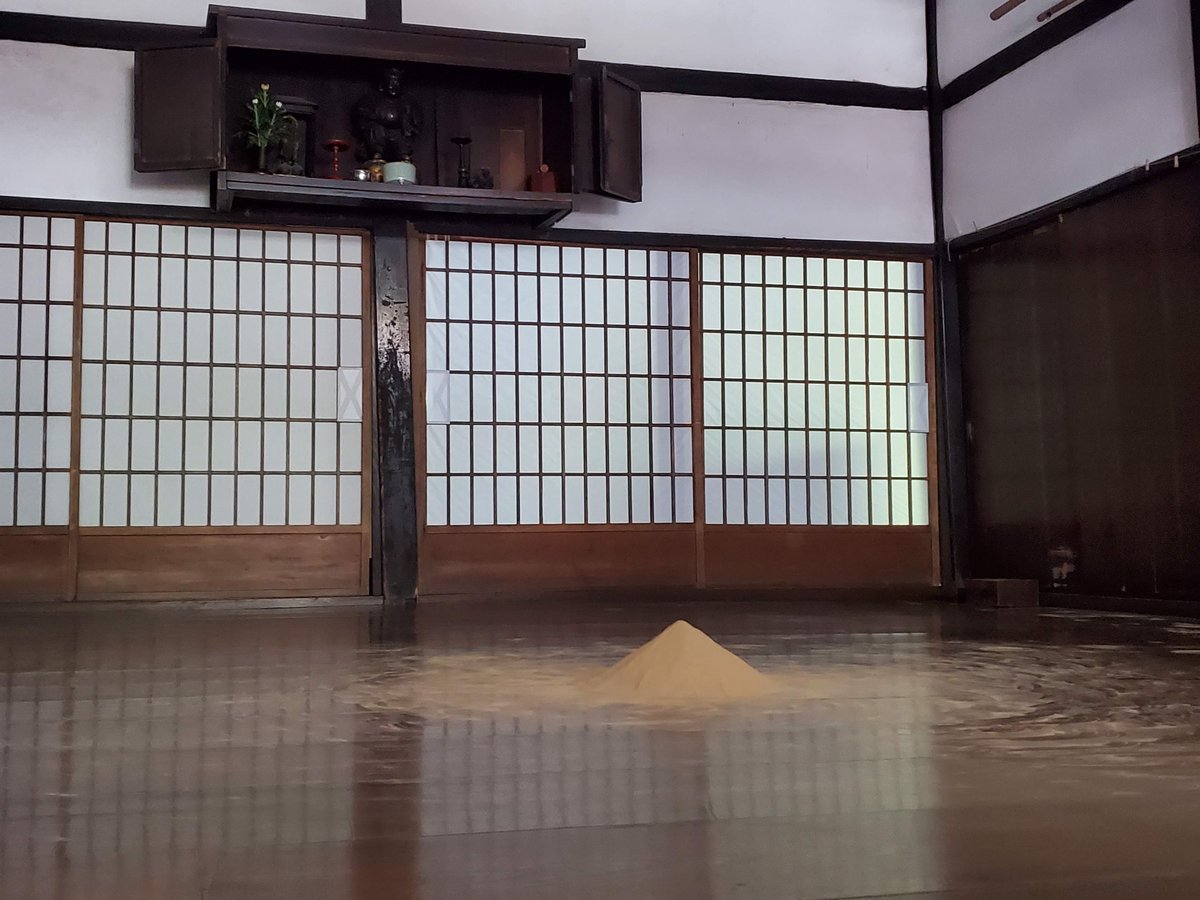


Working for 5 hours each day for 3 days, Kurita-san made 729 small piles of earth, organised in rows of 27.
At the very centre was soil gathered from Hōnen-in (法然院) itself.
After 7 days the soil was swept up into a single pile...this took only 30 minutes😓
#Kyoto #京都 #法然院
At the very centre was soil gathered from Hōnen-in (法然院) itself.
After 7 days the soil was swept up into a single pile...this took only 30 minutes😓
#Kyoto #京都 #法然院
It is perhaps incorrect to call Kurita-san an artist as his dedication to a single goal is almost religious in nature. Known to some as a 'researcher of soil', Kurita-san has been active in France in recent years.
In 2017 alone he collected 35,000 samples from around Japan.



In 2017 alone he collected 35,000 samples from around Japan.


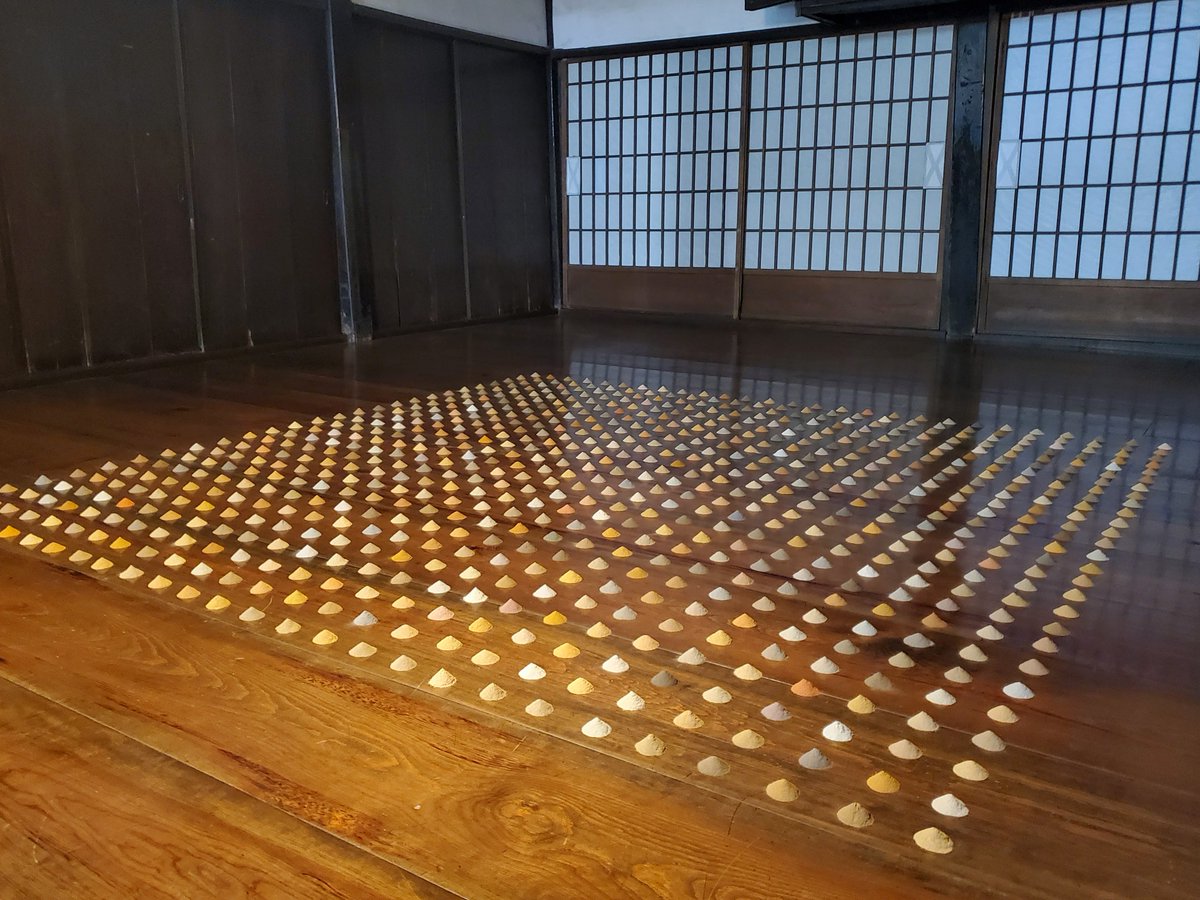

In many ways Kurita-san's work is not only an offering but also a memorial. He has a particular interest in collecting samples from old settlements, hometowns that are declining and may well disappear for good. By preserving samples he is honouring their memory🗾🛻🤏🪨👝🙏
#Japan
#Japan
Astonishingly Kurita-san's last 'exhibit' at Hōnen-in (法然院) was 25 years ago, shortly before his odyssey to gather soil from across the country began.
The idea that soil can be imbued with sacred or otherworldly power is not a new one....
#栗田宏一 #法然院 #土の散華 #散華



The idea that soil can be imbued with sacred or otherworldly power is not a new one....
#栗田宏一 #法然院 #土の散華 #散華




In 1829 the head of Ninna-ji sent Hisatomi Totomi-no-kami to collect earth from all temples on the Shikoku Pilgrimage. The soil was enshrined in 88 halls on the mountain behind Ninna-ji.
Completing the 3km course was said to have the same merit as finishing the actual pilgrimage.



Completing the 3km course was said to have the same merit as finishing the actual pilgrimage.




in poor soil
little by little it blooms...
chrysanthemum
痩土にぼつぼつ菊の咲にけり
-Kobayashi Issa (小林一茶), 1804.
Trans. David G. Lanoue.
#栗田宏一 #法然院 #土の散華 #散華 #haiku #小林一茶 #Japan #法然院 #Honenin #Kyoto #京都
little by little it blooms...
chrysanthemum
痩土にぼつぼつ菊の咲にけり
-Kobayashi Issa (小林一茶), 1804.
Trans. David G. Lanoue.
#栗田宏一 #法然院 #土の散華 #散華 #haiku #小林一茶 #Japan #法然院 #Honenin #Kyoto #京都
Maybe in 25 years Kurita-san will return to Hōnen-in (法然院) for his 3rd 'soil scattering'.
Given the dramatic societal and environmental changes going on right now, it is difficult to imagine what Kurita--san will experience on the next stage of his adventure.
#Japan
Given the dramatic societal and environmental changes going on right now, it is difficult to imagine what Kurita--san will experience on the next stage of his adventure.
#Japan
• • •
Missing some Tweet in this thread? You can try to
force a refresh

















